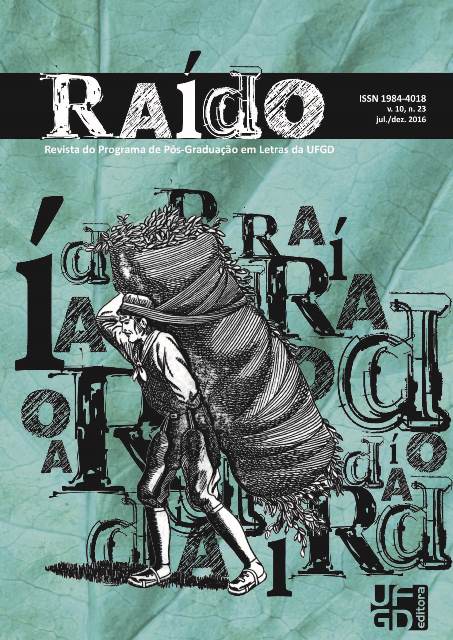English for young learners in primary school in the education systems of booklets: instrumental or transformative?
Keywords:
English for Young Learners, Education Systems of Booklets, Learning and Teaching.Abstract
The purpose of this paper is analyzing two didactic collections of education systems of booklets aimed to the Primary Years of Elementary School through the learning and teaching optics. The most recent theories of Applied Linguistics point at an English teaching for Young Learners based on sociointeracionism, meaningful learning (TONELLI, 2007), spiral syllabi (TONELLI; GIMENEZ, 2013), whole person learning (ROCHA, 2007a, 2008; TONELLI; GIMENEZ, 2013), Zone of Proximal Development (ZPD) (TAMBOSI, 2007), language in use and literacies (ROCHA, 2007a, 2007b, 2008, 2009, 2010). On the other hand, the materials are far away from these conceptions and are closer to the behaviorist perspective in the learning view and the structural perspective in the language view. We question, then, what is the quality of English for Young Learners is in fact inside the classrooms, since the textbook/booklet is used beyond of its own purposes of didactic tool and instrument, as it gets the connotation of an authority object in the school context (SOUZA, 1999).
Downloads
Downloads
Published
How to Cite
Issue
Section
License
Os autores devem aceitar as normas de publicação ao submeterem a revista, bem como, concordam com os seguintes termos:
(a) O Conselho Editorial se reserva ao direito de efetuar, nos originais, alterações da Língua portuguesa para se manter o padrão culto da língua, respeitando, porém, o estilo dos autores.
(b) Autores mantém os direitos autorais e concedem à revista o direito de primeira publicação, com o trabalho simultaneamente licenciado sob a Atribuição-NãoComercial-CompartilhaIgual 3.0 Brasil (CC BY-NC-SA 3.0 BR) que permite: Compartilhar — copiar e redistribuir o material em qualquer suporte ou formato e Adaptar — remixar, transformar, e criar a partir do material. A CC BY-NC-SA 3.0 BR considera os termos seguintes:
- Atribuição — Você deve dar o crédito apropriado, prover um link para a licença e indicar se mudanças foram feitas. Você deve fazê-lo em qualquer circunstância razoável, mas de nenhuma maneira que sugira que o licenciante apoia você ou o seu uso.
- NãoComercial — Você não pode usar o material para fins comerciais.
- CompartilhaIgual — Se você remixar, transformar, ou criar a partir do material, tem de distribuir as suas contribuições sob a mesma licença que o original.
- Sem restrições adicionais — Você não pode aplicar termos jurídicos ou medidas de caráter tecnológico que restrinjam legalmente outros de fazerem algo que a licença permita.



